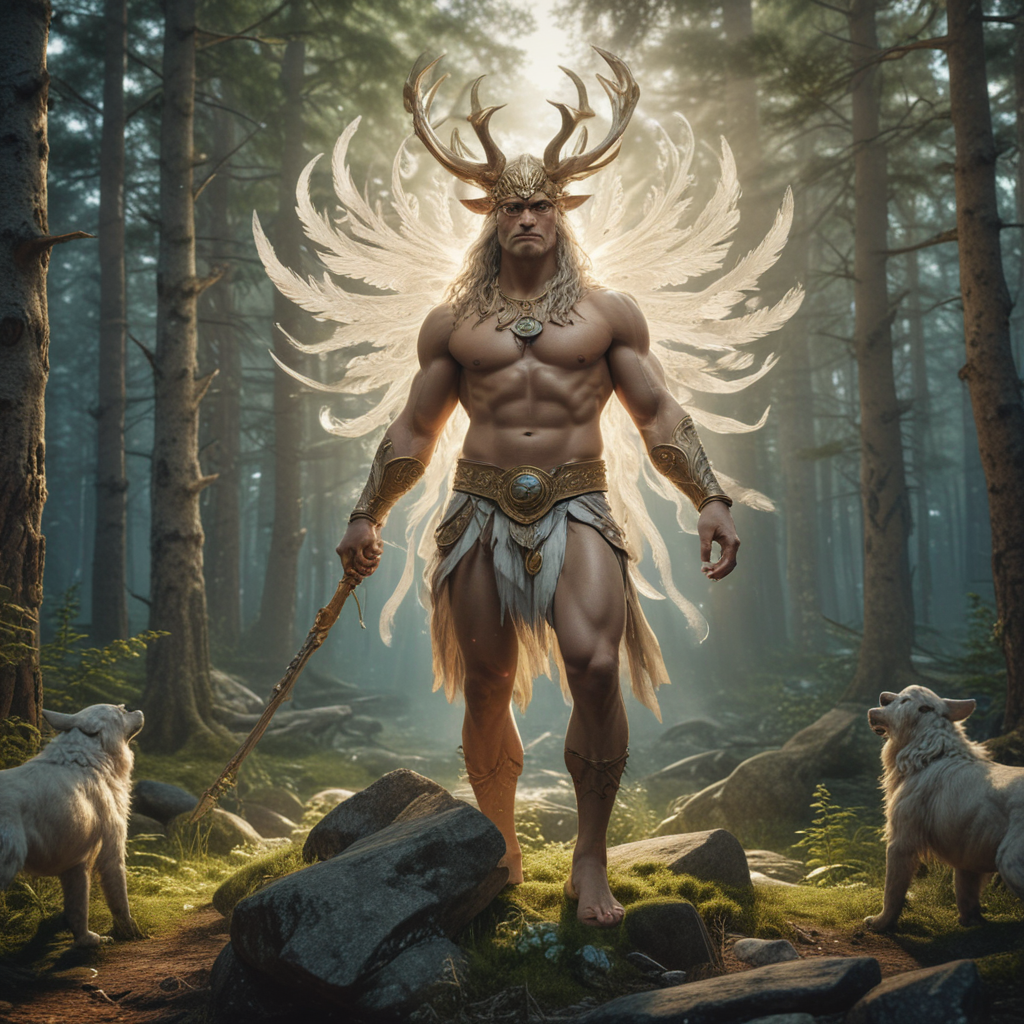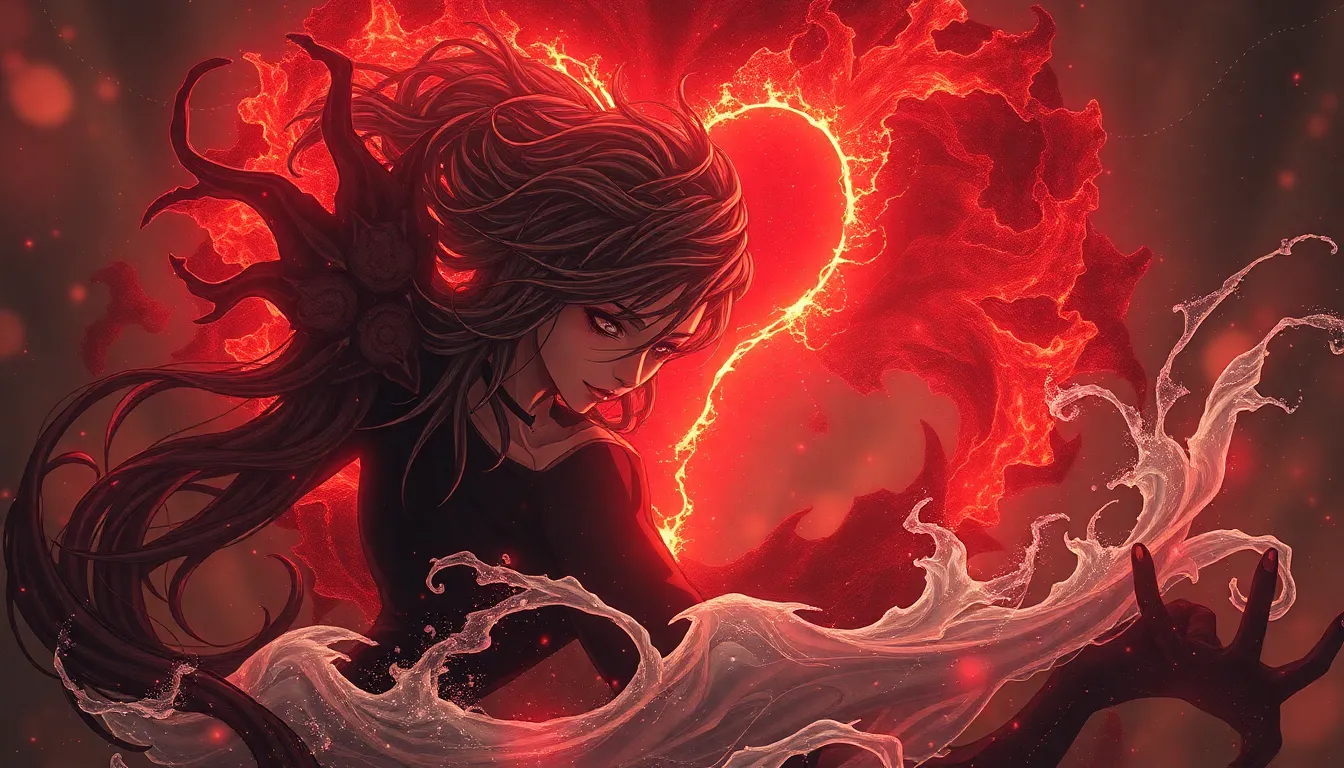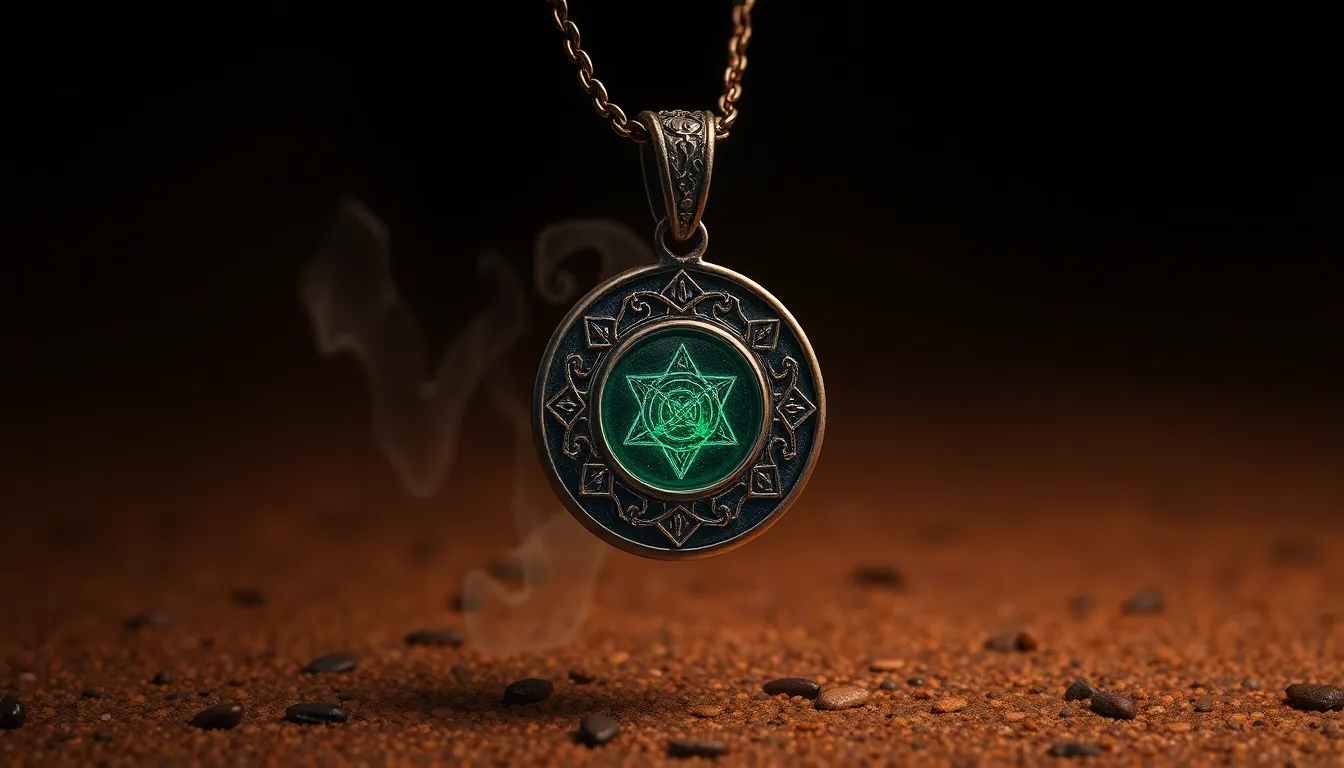The Connection Between Humans and the Spirit World in Finnish Mythology
Introduction
Finnish mythology is a rich tapestry of beliefs and stories that delve into the profound connection between humans and the spirit world. Its animistic nature imbues the natural world with spirits, creating a vibrant and mystical realm that plays a pivotal role in shaping Finnish culture and identity.
The Nature of Spirits
The Finnish spirit world is populated by a diverse array of beings, each with its own unique characteristics and abilities. These spirits can be categorized into two main groups: nature spirits and ancestor spirits. Nature spirits are associated with specific elements of the natural world, such as trees, water, and animals. They play a crucial role in maintaining the balance of the ecosystem and can communicate with humans through dreams and visions.
Shamanism and Spirit Communication
Shamanism, a practice central to Finnish mythology, serves as a bridge between the human and spirit worlds. Shamans, known as shamans, possess the ability to communicate with spirits and mediate between them and mortals. Through rituals and trances, shamans gain insights into the spirit world and can invoke the aid of spirits for healing, divination, and protection.
Nature Spirits and the Environment
Nature spirits are deeply connected to the elements and natural phenomena. Tree spirits, known as haltijat, reside in trees and are considered guardians of the forest. Water spirits, or näkki, dwell in lakes and rivers and can be both helpful and dangerous. Animal spirits, such as the bear spirit, are seen as protectors and guides for hunters and travelers. By respecting and honoring these spirits, humans can maintain harmony with the natural world.
Ancestral Spirits and the Dead
Ancestral spirits, known as vainajat, play a significant role in Finnish mythology. They are believed to reside in the realm of the dead, known as Tuonela, and can influence the lives of their descendants. Rituals and offerings are made to honor and appease the dead, ensuring their continued support and protection.
Guardians and Protectors
In Finnish mythology, certain spirits serve as guardians and protectors of individuals, families, and communities. These spirits, often referred to as guardian spirits, may take various forms, including ancestors, nature spirits, or even deities. They watch over their charges, offering protection from harm and guidance in times of need. Amulets and charms believed to attract their favor are often worn or carried.
Tricksters and Malevolent Entities
Not all spirits in Finnish mythology are benevolent. Tricksters and malevolent entities, known as imps or goblins, play a significant role in folklore. These spirits delight in causing mischief, pranks, or even harm to humans. Myths and stories abound about their encounters with people, often serving as cautionary tales about the dangers of disrespecting the spirit world.
The Transformation of Spirits
The Finnish spirit world is not static but rather fluid and ever-changing. Spirits have the ability to transform their appearance, becoming human-like or taking on animal forms. These transformations can be temporary or permanent, depending on the spirit's purpose or the circumstances in which they find themselves.
The Influence of Spirits on Human Life
The spirits of Finnish mythology have a profound impact on human life. They can influence health, wealth, and relationships. Rituals and practices are performed to appease or invoke the power of spirits. By understanding the nature of spirits and their connection to the human world, individuals can navigate the complexities of life and seek guidance and support from the spirit realm.
Conclusion
The connection between humans and the spirit world is a central theme in Finnish mythology. Spirits, both benevolent and malevolent, play a significant role in shaping the lives of mortals. Through shamanism, nature worship, and ancestral veneration, humans seek to maintain harmony with the spirit world, ensuring balance and protection in their daily lives. This belief system continues to hold deep cultural and spiritual significance for the Finnish people, providing a lens through which they understand their place in the cosmos.
Frequently Asked Questions
- What are the most common types of spirits in Finnish mythology?
Nature spirits, such as tree spirits and water spirits, are prevalent in Finnish folklore. Ancestral spirits, known as vainajat, also play a significant role.
- How do shamans communicate with spirits?
Shamans use rituals, trances, and divination techniques to enter the spirit world and interact with spirits.
- Can spirits transform their appearance?
Yes, spirits have the ability to change their form, becoming human-like or taking on animal shapes.
- How can humans appease or invoke the power of spirits?
Rituals, offerings, and charms are used to honor and appease spirits. By understanding their nature and respecting their boundaries, humans can seek their guidance and support.
- Is the belief in spirits still prevalent in Finnish culture today?
While the traditional animistic beliefs of Finnish mythology may have diminished, the connection between humans and the spirit world continues to hold cultural and spiritual significance for many Finns.



